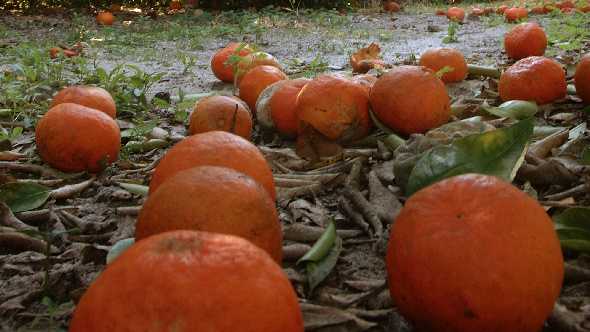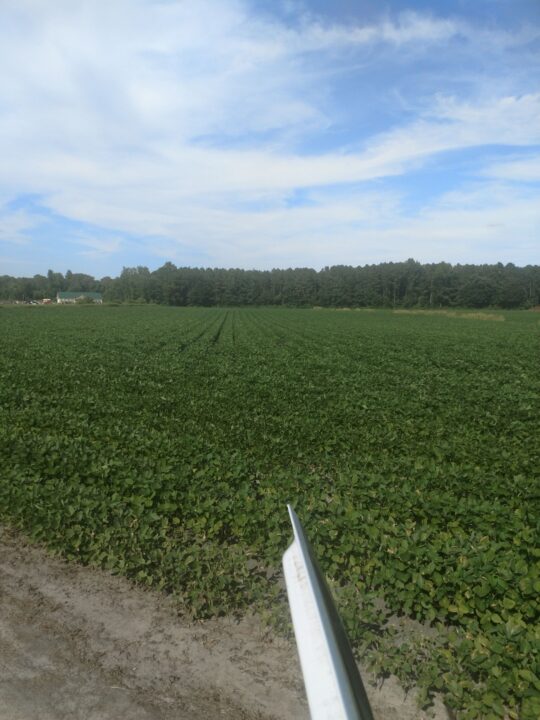Device Created To Help Get A Leg Up On Citrus Fruit Drop
In an effort to get a better gauge of citrus greening in the grove, a team of University of Florida researchers has devised a “machine vision system” to count fruit drop.

Photo courtesy of UF/IFAS
“This machine could have significant economic value to citrus growers,” said Wonsuk “Daniel” Lee, a UF/IFAS agricultural and biological engineering professor. “First, fruit drop data would enable crop production estimates to be revised more accurately and timely during the course of a harvest season, and could also assist growers in scheduling their harvests to minimize fruit losses from the most affected areas.”
According to the researchers, growers could use the data to detect where citrus greening is most prevalent in their groves. Growers could then implement management practices, such as fertilization programs and irrigation schedules, to fight greening and other diseases, and minimize the fruit drop.
Lee and the UF/IFAS team created an outdoor imaging system with two cameras that deliver the three basic color components — red, green and blue — to obtain accurate color images. They were equipped with microprocessors and had special “charge-coupled device” sensors, which turn light into electrons for greater resolution. They were also designed with the conditions of citrus groves in mind: dusty and humid with high temperatures and low-hanging branches. Finally, a global positioning system receiver was attached.
What range will the initial 2015-2016 Florida orange crop estimates come in at?
- 85 to 90 million boxes (36%, 16 Votes)
- 90 to 95 million boxes (31%, 14 Votes)
- less than 85 million boxes (20%, 9 Votes)
- 96 million + boxes (13%, 6 Votes)
Total Voters: 45
Images were taken in May 2013 in a commercial grove in Ft. Basinger, FL., owned by Lykes Brothers Inc., with the truck moving forward at an average speed of 5 miles per hour. Researchers took 180 images at three illumination levels — dark, medium and bright. Citrus fruit under dark illumination, due to cloud cover, appeared almost brown and there was no distinctive color variation between the background and the fruit, making it hard to count accurately. However, at medium and bright illumination, the fruit color was orange and bright yellow. Lee’s machine had an accuracy rate as high as 88%.
The team already is working on a machine vision system using multiple video cameras with high-definition resolution. They plan to make their current machine vision system a real-time system that can be used easily in a commercial citrus grove.









